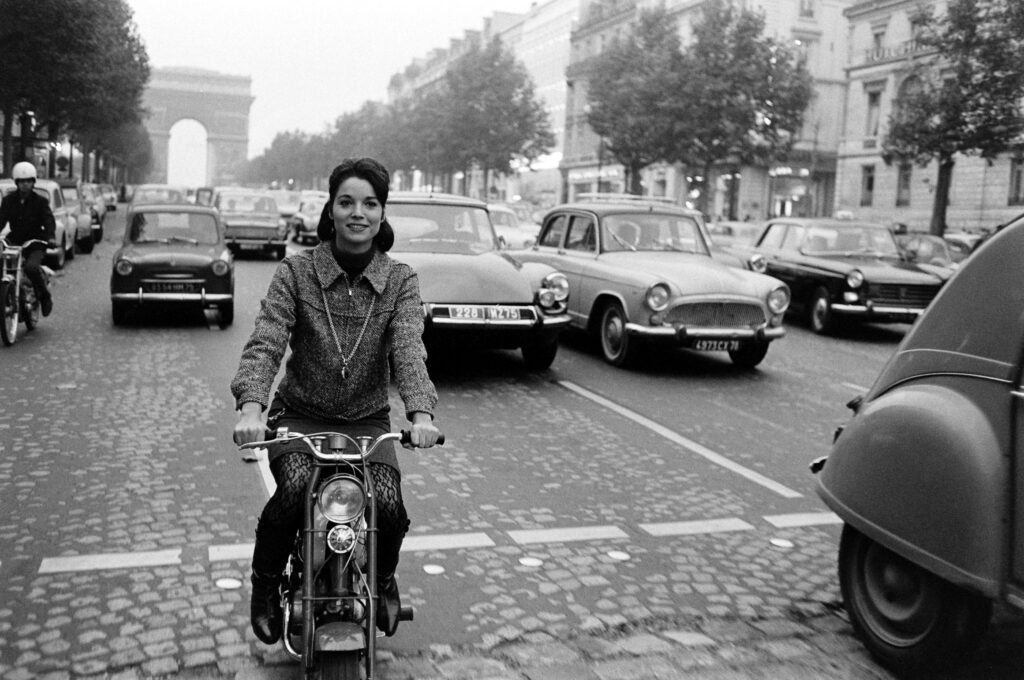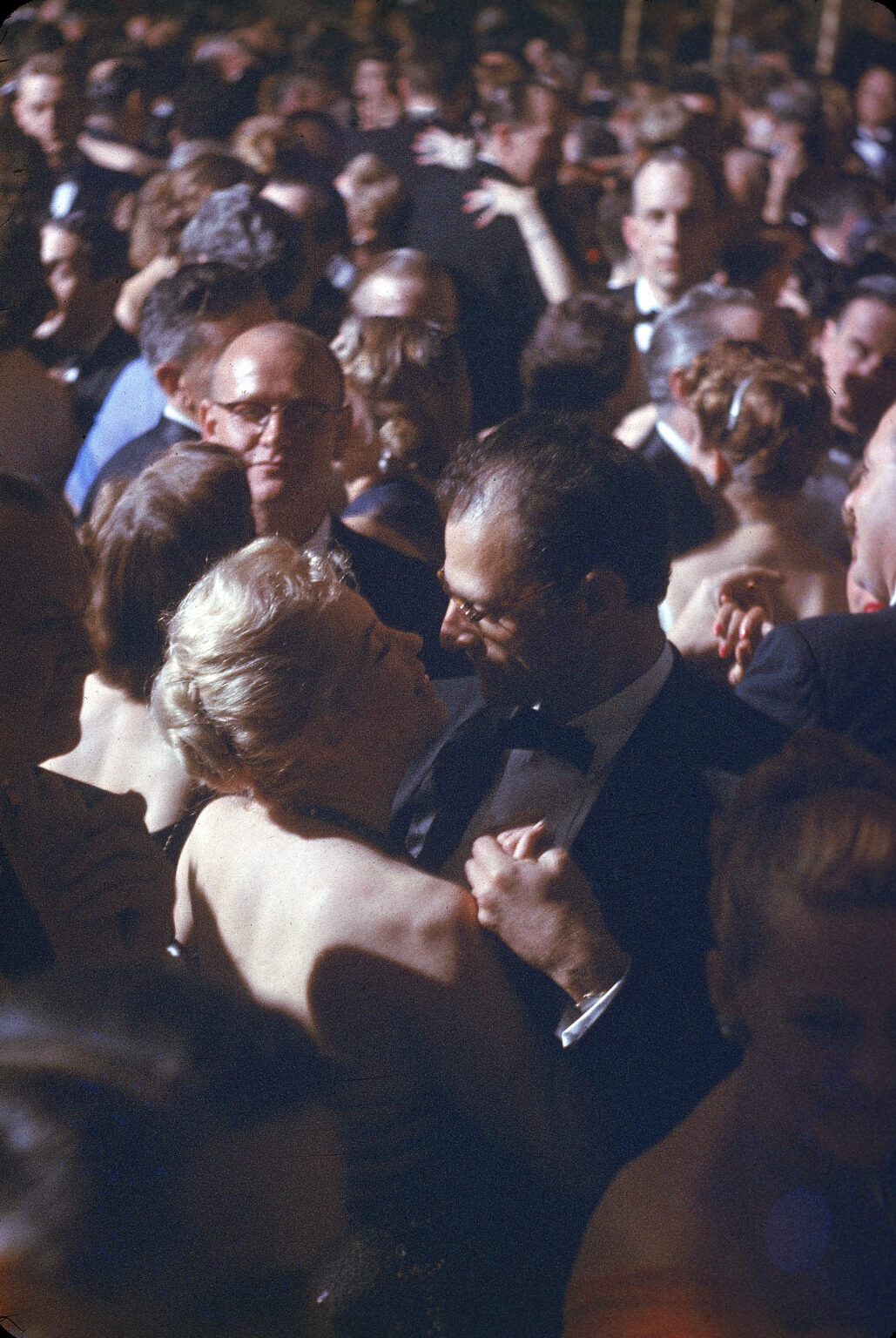The haircuts are different and the hemlines are shorter, but the 1958 graduating class at Long Island’s Hempstead High was as ready for a taste of freedom as today’s outgoing high school seniors are. To commemorate graduation season that year, LIFE’s Gordon Parks photographed the students for a mini-yearbook the magazine ran in that year’s June 23 issue.
LIFE’s yearbook assigned senior superlatives, such as most popular girl (Jeanette Duggan), most talkative girl (Judy Krug) and best student (Jimmy Edwards). It recognized the students” favorite teachers, like foreign language teacher Helen Ignelzi (“a fanatic on irregular verbs!”) and English teacher Mary Church (“she did a mean Charleston, but she really dug the cha-cha-cha”). And it recounted the students” fondest memories of their final year in high school, “like the time Mr. Zara came to school in a red nightgown.”
Despite LIFE’s yearbook’s similarities to the ones hot off the presses this year, perhaps the most striking difference between those students and today’s is one that’s not visible in the photographs: their future plans. In 1960, just a couple of years later, fewer than half of high school graduates enrolled in college. Nearly 50 years later, the number is approaching 70%.
Liz Ronk, who edited this gallery, is the Photo Editor for LIFE.com. Follow her on Twitter @lizabethronk.

Hempstead High School class of 1958.
Gordon Parks The LIFE Picture Collection/Shutterstock

Hempstead High School class of 1958.
Gordon Parks The LIFE Picture Collection/Shutterstock

Hempstead High School class of 1958.
Gordon Parks The LIFE Picture Collection/Shutterstock

Hempstead High School class of 1958.
Gordon Parks The LIFE Picture Collection/Shutterstock

Hempstead High School class of 1958.
Gordon Parks The LIFE Picture Collection/Shutterstock

Hempstead High School class of 1958.
GORDON PARKSGordon Parks The LIFE Picture Collection/Shutterstock

Hempstead High School class of 1958.
Gordon Parks The LIFE Picture Collection/Shutterstock

Hempstead High School class of 1958.
Gordon Parks The LIFE Picture Collection/Shutterstock

Hempstead High School class of 1958.
Gordon Parks The LIFE Picture Collection/Shutterstock

Hempstead High School class of 1958.
Gordon Parks The LIFE Picture Collection/Shutterstock

Hempstead High School class of 1958.
Gordon Parks The LIFE Picture Collection/Shutterstock

Hempstead High School football captain Butch Lopez scored a dramatic touchdown in a football game against Uniondale High School in New York, 1958.
Gordon Parks/LIFE Picture Collection/Shutterstock

Hempstead High School business teacher Louis Zara hiked up his pants while giving a lecture in his classroom, 1958.
Gordon Parks/LIFE Picture Collection/Shutterstock

Hempstead High School students filed past the school portico on the way to class, 1958.
Gordon Parks/LIFE Picture Collection/Shutterstock

Hempstead High School class of 1958.
Gordon Parks The LIFE Picture Collection/Shutterstock

June 23, 1958 issue of LIFE magazine.
Gordon Parks LIFE Magazine

June 23, 1958 issue of LIFE magazine.
Gordon Parks LIFE Magazine

June 23, 1958 issue of LIFE magazine.
Gordon Parks LIFE Magazine

June 23, 1958 issue of LIFE magazine.
Gordon Parks LIFE Magazine

June 23, 1958 issue of LIFE magazine.
Gordon Parks LIFE Magazine








































































